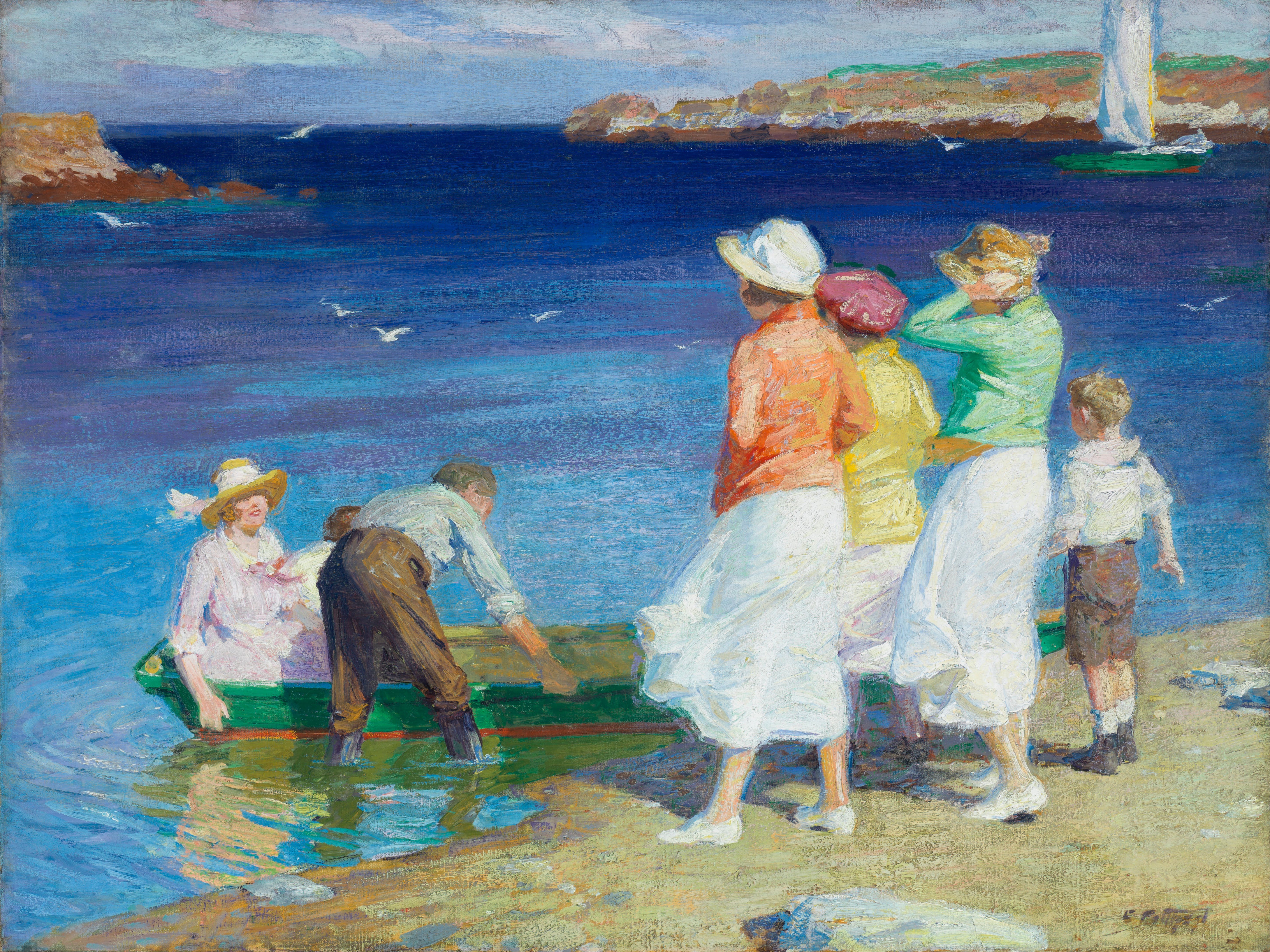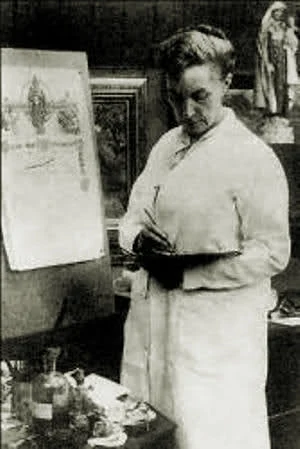Kuzma Sergeyevich Petrov-Vodkin / Кузьма Сергеевич Петров-Водкин (
born October 24 [November 5, New Style], 1878, Khvalynsk, Saratov oblast, Russian Empire - died February 15, 1939, Leningrad, Russia, U.S.S.R. [now St. Petersburg, Russia]),
Russian painter who combined many traditions of world art in his work and created an original language in painting that was both deeply individual and national in spirit.
Petrov-Vodkin’s birthplace was a small town on the banks of the Volga River, where he was born into the family of an impoverished cobbler.
He spent his youth there, living in harsh conditions reminiscent of those described by Maksim Gorky in My Universities.
But his talent overcame his provincial surroundings, and his determination to be an artist led him first to art classes in Samara (1893-95) and then to the Moscow School of Painting, Sculpture, and Architecture (1897-1904), where he studied with painter Valentin Serov.



















